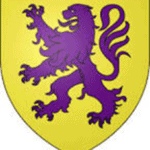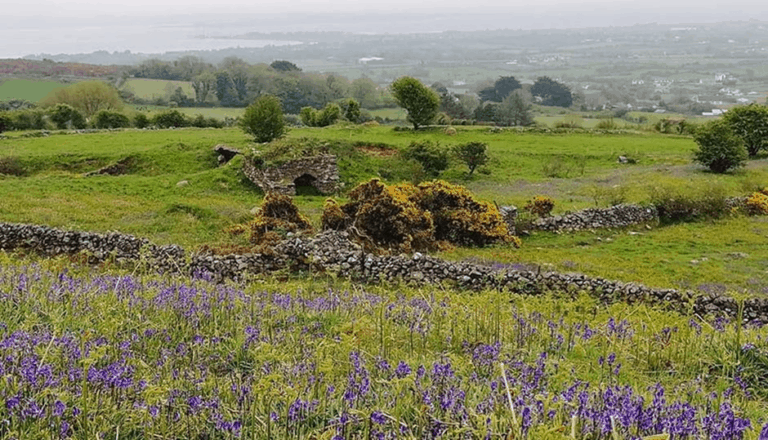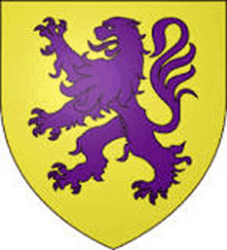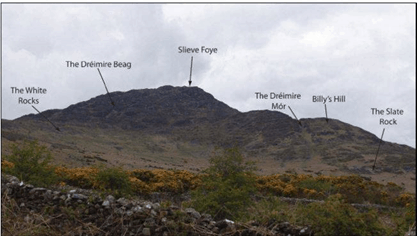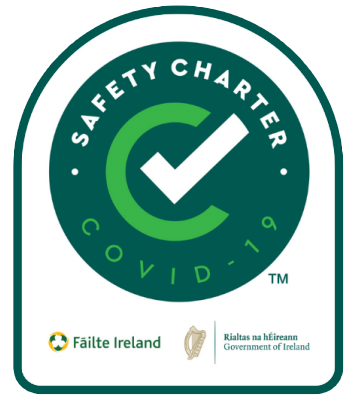If anyone has a claim to be the founding father of Carlingford it must Hugh de Lacy the younger, a colourful character even by the standards of the Norman-French buccaneers who seized most of Ireland in the years following Strongbow’s first expedition in 1169.
In 1171 King Henry II of England arrived in Ireland to put some control on the buccaneers and possibly grab some of the spoils for himself. With him was Hugh de Lacy senior, who was rewarded for helping the King with the lordship of Meath, which included all of Westmeath and Longford and a bit of Offaly.
The money was good but life was dangerous for these adventurer knights; in 1186 when Hugh senior was building a castle at Durrow, one of his Irish labourers suddenly cut his head off. His eldest son, Walter, took over the lordship of Meath, while Hugh the younger soon married into the other big Norman family in the region, the Verduns who was later to build Roche Castle. Between them, these two families now owned about a third of all the Norman-held land in Ireland.
As a sort of dowry, young Hugh got the Cooley peninsula from his father-in-law and set about building himself a castle around the year 1200. At first, he had a good relationship with the new King John and was named Earl of Ulster after he helped put down a rebellion by other Norman barons, but by 1210 John chased him out of Carlingford and into exile in Scotland. A decade or so later, John was dead and our hero had bounced back and had possession of his castle in Carlingford. By the 1230s he was on good terms with the authorities and helping them put down other rebellious Normans.
Hugh died in 1242 in his late sixties, not bad going considering his time and his lifestyle. We have no portrait or image of him, just of his coat-or-arms. The monk chronicler Gerald of Wales did a nice little sketch portrait of his father, Hugh senior, but he had little good to say of the son:
“He paid much attention to his own private affairs … he was not a success as a general … he was a womaniser and enslaved by lust, not just for one woman, but for many. He was avaricious and greedy for gold, and more ambitious for his own advancement and pre-eminence.”

